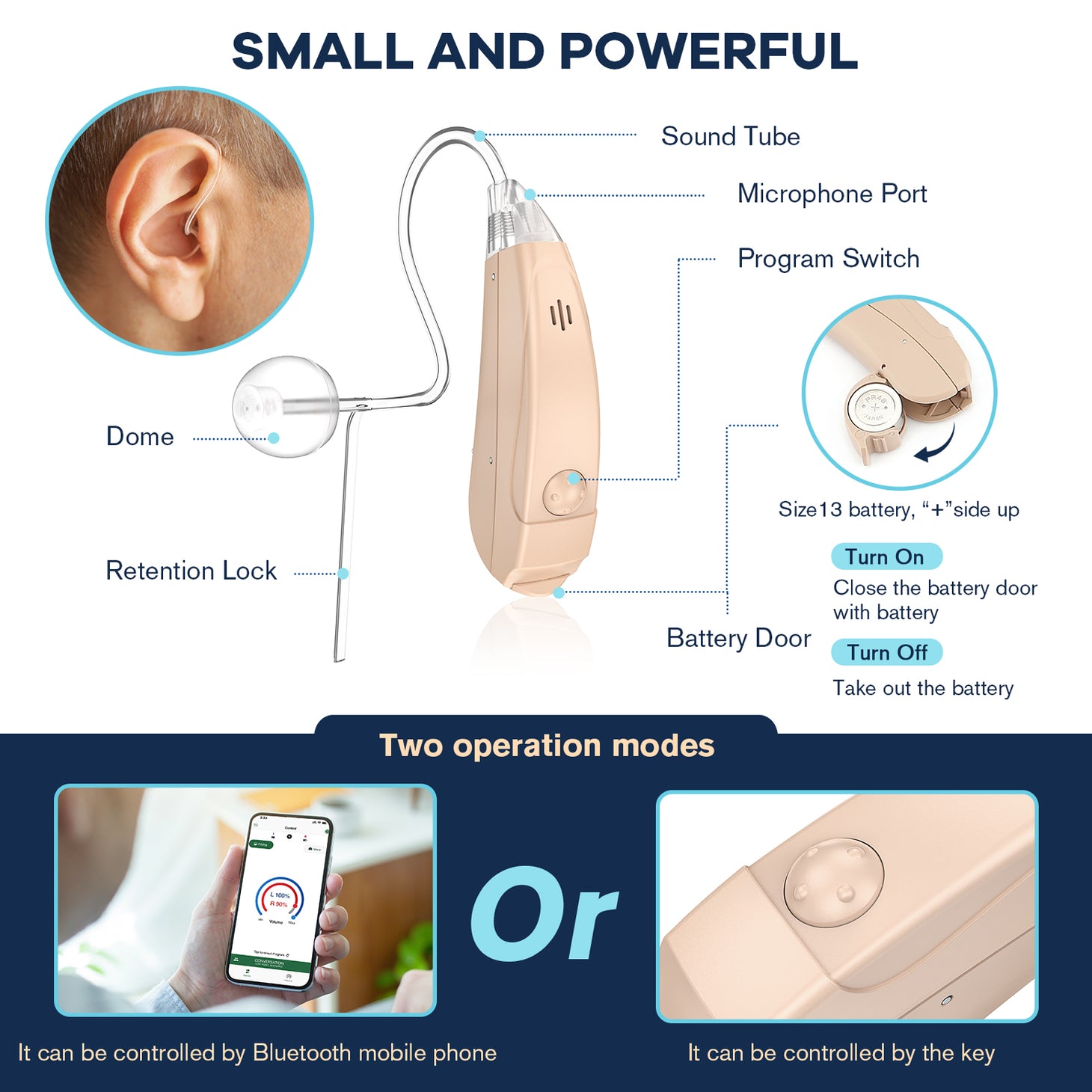The Future of Hearing Aids: Exploring the Benefits of Bluetooth-Enabled In-the-Canal Devices
Body
As technology continues to advance, the future of hearing aids is becoming increasingly exciting. One of the most significant developments in this field is the introduction of Bluetooth-enabled in-the-canal devices. These innovative hearing aids offer a range of benefits that can significantly improve the quality of life for individuals with hearing loss.

Enhanced Connectivity
One of the key advantages of Bluetooth-enabled in-the-canal hearing aids is their enhanced connectivity. These devices can wirelessly connect to a variety of audio sources, such as smartphones, televisions, and computers. This means that wearers can seamlessly stream audio directly to their hearing aids, eliminating the need for additional accessories or devices. This level of connectivity represents a significant step forward in the evolution of hearing aid technology, providing users with a more integrated and convenient listening experience.
Discreet Design
Another benefit of Bluetooth-enabled in-the-canal hearing aids is their discreet design. These devices are incredibly small and fit snugly inside the ear canal, making them virtually invisible to others. This discreet design not only enhances the aesthetic appeal of the hearing aids but also provides wearers with a greater sense of confidence and comfort. The inconspicuous nature of these devices allows individuals to enjoy improved hearing without feeling self-conscious about their appearance.
Customizable Settings
Bluetooth-enabled in-the-canal hearing aids offer a high degree of customization, allowing wearers to adjust settings according to their specific preferences and listening environments. Through the use of smartphone apps, users can easily control volume levels, adjust sound settings, and even geotag specific settings to certain locations. This level of customization ensures that wearers can optimize their hearing experience in various situations, whether they are in a quiet room or a noisy restaurant.
Improved Sound Quality
With Bluetooth-enabled in-the-canal hearing aids, wearers can experience improved sound quality compared to traditional hearing aids. The wireless connectivity allows for a direct audio stream to the hearing aids, resulting in clearer, more natural sound. Additionally, these devices often feature advanced signal processing technology that can reduce background noise and enhance speech clarity. The result is a more immersive and enjoyable listening experience for individuals with hearing loss.
In conclusion, the future of hearing aids is undoubtedly bright, with Bluetooth-enabled in-the-canal devices leading the way in innovation and functionality. These advanced hearing aids offer enhanced connectivity, discreet design, customizable settings, and improved sound quality, all of which contribute to a significantly improved quality of life for individuals with hearing loss. As technology continues to evolve, it is exciting to imagine the further advancements that will continue to shape the future of hearing aids.










Comments